A large painting depicting the Battle of Condore in December 1758, during the Third Carnatic War, with East India Company troops under Colonel Forde engaged against French troops and their allies
South India, 19th Centurygouache and oil on canvas, nasta'liq and English inscriptions on painted surface naming Colonel Forde and others, an inscription, perhaps the artist's, at lower right Prashad, 1796
82 x 140 cm.FootnotesProvenance
Bonhams, Islamic and Indian Art, 16th October 2003, lot 62.
Private UK collection.
The date of the painting is probably around the middle of the 19th Century. The signature and apparent date Prashad, 1796 would seem to be either spurious or a reference to an earlier work.
The English inscriptions read:
Toosee Deelam (left): possibly a garbled reference to the Frenchman de Bussy (who did not in fact fight at the battle).
Maharajah Anand Gajapati Raj Maneh Sultan Bahadur (right, on the British side).
The various identifying inscriptions in Persian are as follows: Khwajah Shukrullah; Dhu'l-Faqar Khan; Raja Jagti Raj; Khwajah Habibullah; Birlad Bahadur; Muhammad Husayn; Karnal Ford [Colonel Forde]; Sayyid Muhammad, Arab commander (sardar-i 'arab); Maharaja Anand Gajapati Raj Maneh Sultan Bahadur.
The painting
For another similar large painting (75 x 132 cm.) of this battle scene, with variations in the composition, see J. Bautze, Interaction of Cultures: Indian and Western Painting - the Ehrenfeld Collection, Alexandria (VA), 1998, pp. 140-143, no. 34. Both paintings are in the tradition of large South Indian battle scenes of the late 18th and early 19th Century, examples being those depicting the subjects such as the Battle of Pollilur (1780) between the forces of Haider Ali and Company troops, which were probably produced at Seringapatam (see, for example, Sotheby's, Arts of the Islamic World, 6th October 2010, lot 60; 30th March 2022, lot 70). These seem to combine the large heavily-peopled procession scenes of South India, and European 18th Century portrayals of battle.
The battle
The Battle of Condore took place near Masulipatam on 9 December 1758 during the Third Carnatic War, an Indian extension of the Seven Years' War between the European powers. An Anglo-Indian force under the command of Colonel Francis Forde (who appears on horseback just to the right of centre, with an inscription 'Karnal Ford') attacked and defeated a similarly sized French force under the command of Hubert de Brienne, Comte de Conflans, capturing all their baggage and artillery. The victory allowed the British to lay siege to Masulipatam, which they stormed on 25 January 1759, ending French power in the Deccan.
Part of a slightly later official Company account of the battle reads as follows:
The French battalion of Europeans was in the centre of the line, with thirteen field-pieces, divided on their flanks, the horse 500 were on the left of the battalion; 3000 sepoys formed the right wing, and the same number the left, and with each wing were five or six pieces of cumbrous cannon. The English army drew up with their Europeans in the centre, the six field-pieces divided on their flanks; the 1800 Sepoys were likewise equally divided on the wings.
The spoil of the field and camp was 30 pieces of cannon, most of which were brass; 50 tumbrils, and other carriages laden with ammunition; seven mortars from thirteen to eight inches, with a large provision of shells; 1000 draught bullocks, and all the tents of the French battalion. Three of their officers were killed in the field, and three died of their wounds the same evening; 70 of their rank and file were likewise killed, or mortally wounded: six officers and 50 rank and file were taken prisoners, and the same number of wounded were supposed to have escaped. Of the English battalion, Captain Adnet and 15 rank and file were killed; Mr Macguire, the paymaster, and Mr Johnstone, the commissary, who joined the grenadiers, two officers, and 20 of the rank and file, were wounded; the Sepoys had 100 killed and more wounded. No victory could more compleat.
History of the Military Transactions of the British Nation in Indostan from the Year MDCCXLV, 1778. (For the full account of the battle, from which the above paragraphs are taken, see Bautze (op. cit.), pp. 141-143).
While the Battle of Plassey in June 1757 had secured the possession of Bengal, Clive felt that British authority could not be considered as safely established until the French were driven out of the Deccan. The able French officer M. de Bussy had built up French power in the Northern Circars (sarkars) between the Company's two eastern presidencies. De Bussy had secured the grant of these coastal districts from the Nizam, and had established an efficient system of administration and organised a powerful army. At the beginning of 1759 the Comte de Lally, the governor-general at Pondicherry, suddenly recalled de Bussy from Masulipatam, and appointed M. Conflans, a less competent officer, to succeed him. At this juncture Colonel Forde landed at Vizagapatam with a small force of five hundred Europeans, two thousand sepoys, and twelve guns. He at once advanced against Conflans, and, after defeating him at Condore, took Rajamahendri and all the baggage of the French army. After some delay due to lack of pay for the troops, he quieted his soldiers by promising them the booty in Masulipatam. After victory at Condore he laid siege to the city, storming the town on 25 January 1759, in the process losing a third of his force, but the city was taken, and five hundred French soldiers and 2,100 of their sepoys surrendered. The French thus lost their foothold in the Deccan.
Colonel Forde
Francis Forde (1718–1770) was born in Seaforde in Ireland, the seventh son of Mathew Forde MP. After Trinity College Dublin, from which he graduated in 1738, he joined Colonel Aldercron's 39th Regiment of Foot, arriving in India in the mid-1740s during the War of the Austrian Succession. By 1746 he was a Captain. In 1755 at the request of Clive he resigned his commission in the regular British Army to take up a post in the East India Company's forces. He was soon the British second in command in Bengal following the Battle of Calcutta. He later served with Clive at the Battle of Plassey, which is always held to have cemented British power in Bengal and India generally.
In a book about his illustrious ancestor, Lionel Forde wrote: 'His short and brilliant military career may be truly described as meteoric. With one exception his military actions were markedly successful' (L. Forde, Lord Clive's Right-Hand Man: a Memoir of Colonel Francis Forde, London 1910, p. xiii; see also especially pp. 53-61 on the Battle of Condore (available online)).
Forde was both publicly and privately thanked by Clive after Condore and the capture of Masulipatam, but he was disappointed when he found, on returning to Calcutta, that after having resigned his commission in the King's army the directors of the East India Company had refused to confirm his commission in their service. Nevertheless he was ready to assist Clive in his operations against the Dutch at Chinsurah, and Forde was the recipient of Clive's famous note (in pencil on the back of a playing card) when Forde reported that the Dutch were in a favourable position to be attacked, and that he only wanted an order in council to attack. 'Attack at once; will send order in council,' was Clive's response, going back to his game. Forde attacked, and completely defeated the Dutch.
Clive obtained a company's commission for Forde. On his recommendation he was appointed as one of the three supervisors who were to be despatched to India with full powers to examine every department of the administration of the East India Company. They set sail in the frigate Aurora in September 1769. The vessel left the Cape of Good Hope on 27th December 1769, but the ship disappeared en route to India and Forde was believed drowned with the rest of the passengers and crew.
A large painting depicting the Battle of Condore in December 1758, during the Third Carnatic War, with East India Company troops under Colonel Forde engaged against French troops and their allies
South India, 19th Centurygouache and oil on canvas, nasta'liq and English inscriptions on painted surface naming Colonel Forde and others, an inscription, perhaps the artist's, at lower right Prashad, 1796
82 x 140 cm.FootnotesProvenance
Bonhams, Islamic and Indian Art, 16th October 2003, lot 62.
Private UK collection.
The date of the painting is probably around the middle of the 19th Century. The signature and apparent date Prashad, 1796 would seem to be either spurious or a reference to an earlier work.
The English inscriptions read:
Toosee Deelam (left): possibly a garbled reference to the Frenchman de Bussy (who did not in fact fight at the battle).
Maharajah Anand Gajapati Raj Maneh Sultan Bahadur (right, on the British side).
The various identifying inscriptions in Persian are as follows: Khwajah Shukrullah; Dhu'l-Faqar Khan; Raja Jagti Raj; Khwajah Habibullah; Birlad Bahadur; Muhammad Husayn; Karnal Ford [Colonel Forde]; Sayyid Muhammad, Arab commander (sardar-i 'arab); Maharaja Anand Gajapati Raj Maneh Sultan Bahadur.
The painting
For another similar large painting (75 x 132 cm.) of this battle scene, with variations in the composition, see J. Bautze, Interaction of Cultures: Indian and Western Painting - the Ehrenfeld Collection, Alexandria (VA), 1998, pp. 140-143, no. 34. Both paintings are in the tradition of large South Indian battle scenes of the late 18th and early 19th Century, examples being those depicting the subjects such as the Battle of Pollilur (1780) between the forces of Haider Ali and Company troops, which were probably produced at Seringapatam (see, for example, Sotheby's, Arts of the Islamic World, 6th October 2010, lot 60; 30th March 2022, lot 70). These seem to combine the large heavily-peopled procession scenes of South India, and European 18th Century portrayals of battle.
The battle
The Battle of Condore took place near Masulipatam on 9 December 1758 during the Third Carnatic War, an Indian extension of the Seven Years' War between the European powers. An Anglo-Indian force under the command of Colonel Francis Forde (who appears on horseback just to the right of centre, with an inscription 'Karnal Ford') attacked and defeated a similarly sized French force under the command of Hubert de Brienne, Comte de Conflans, capturing all their baggage and artillery. The victory allowed the British to lay siege to Masulipatam, which they stormed on 25 January 1759, ending French power in the Deccan.
Part of a slightly later official Company account of the battle reads as follows:
The French battalion of Europeans was in the centre of the line, with thirteen field-pieces, divided on their flanks, the horse 500 were on the left of the battalion; 3000 sepoys formed the right wing, and the same number the left, and with each wing were five or six pieces of cumbrous cannon. The English army drew up with their Europeans in the centre, the six field-pieces divided on their flanks; the 1800 Sepoys were likewise equally divided on the wings.
The spoil of the field and camp was 30 pieces of cannon, most of which were brass; 50 tumbrils, and other carriages laden with ammunition; seven mortars from thirteen to eight inches, with a large provision of shells; 1000 draught bullocks, and all the tents of the French battalion. Three of their officers were killed in the field, and three died of their wounds the same evening; 70 of their rank and file were likewise killed, or mortally wounded: six officers and 50 rank and file were taken prisoners, and the same number of wounded were supposed to have escaped. Of the English battalion, Captain Adnet and 15 rank and file were killed; Mr Macguire, the paymaster, and Mr Johnstone, the commissary, who joined the grenadiers, two officers, and 20 of the rank and file, were wounded; the Sepoys had 100 killed and more wounded. No victory could more compleat.
History of the Military Transactions of the British Nation in Indostan from the Year MDCCXLV, 1778. (For the full account of the battle, from which the above paragraphs are taken, see Bautze (op. cit.), pp. 141-143).
While the Battle of Plassey in June 1757 had secured the possession of Bengal, Clive felt that British authority could not be considered as safely established until the French were driven out of the Deccan. The able French officer M. de Bussy had built up French power in the Northern Circars (sarkars) between the Company's two eastern presidencies. De Bussy had secured the grant of these coastal districts from the Nizam, and had established an efficient system of administration and organised a powerful army. At the beginning of 1759 the Comte de Lally, the governor-general at Pondicherry, suddenly recalled de Bussy from Masulipatam, and appointed M. Conflans, a less competent officer, to succeed him. At this juncture Colonel Forde landed at Vizagapatam with a small force of five hundred Europeans, two thousand sepoys, and twelve guns. He at once advanced against Conflans, and, after defeating him at Condore, took Rajamahendri and all the baggage of the French army. After some delay due to lack of pay for the troops, he quieted his soldiers by promising them the booty in Masulipatam. After victory at Condore he laid siege to the city, storming the town on 25 January 1759, in the process losing a third of his force, but the city was taken, and five hundred French soldiers and 2,100 of their sepoys surrendered. The French thus lost their foothold in the Deccan.
Colonel Forde
Francis Forde (1718–1770) was born in Seaforde in Ireland, the seventh son of Mathew Forde MP. After Trinity College Dublin, from which he graduated in 1738, he joined Colonel Aldercron's 39th Regiment of Foot, arriving in India in the mid-1740s during the War of the Austrian Succession. By 1746 he was a Captain. In 1755 at the request of Clive he resigned his commission in the regular British Army to take up a post in the East India Company's forces. He was soon the British second in command in Bengal following the Battle of Calcutta. He later served with Clive at the Battle of Plassey, which is always held to have cemented British power in Bengal and India generally.
In a book about his illustrious ancestor, Lionel Forde wrote: 'His short and brilliant military career may be truly described as meteoric. With one exception his military actions were markedly successful' (L. Forde, Lord Clive's Right-Hand Man: a Memoir of Colonel Francis Forde, London 1910, p. xiii; see also especially pp. 53-61 on the Battle of Condore (available online)).
Forde was both publicly and privately thanked by Clive after Condore and the capture of Masulipatam, but he was disappointed when he found, on returning to Calcutta, that after having resigned his commission in the King's army the directors of the East India Company had refused to confirm his commission in their service. Nevertheless he was ready to assist Clive in his operations against the Dutch at Chinsurah, and Forde was the recipient of Clive's famous note (in pencil on the back of a playing card) when Forde reported that the Dutch were in a favourable position to be attacked, and that he only wanted an order in council to attack. 'Attack at once; will send order in council,' was Clive's response, going back to his game. Forde attacked, and completely defeated the Dutch.
Clive obtained a company's commission for Forde. On his recommendation he was appointed as one of the three supervisors who were to be despatched to India with full powers to examine every department of the administration of the East India Company. They set sail in the frigate Aurora in September 1769. The vessel left the Cape of Good Hope on 27th December 1769, but the ship disappeared en route to India and Forde was believed drowned with the rest of the passengers and crew.
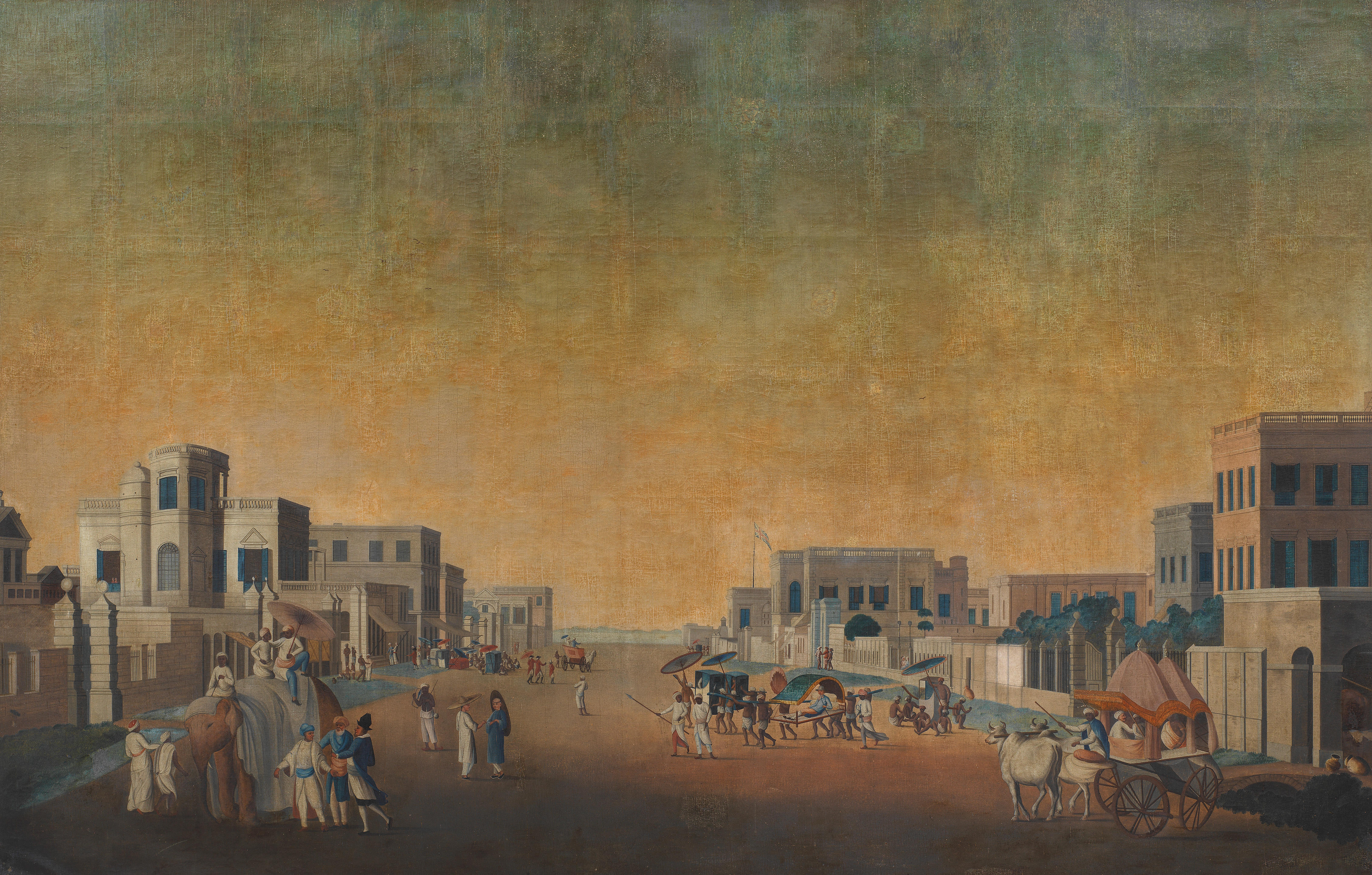




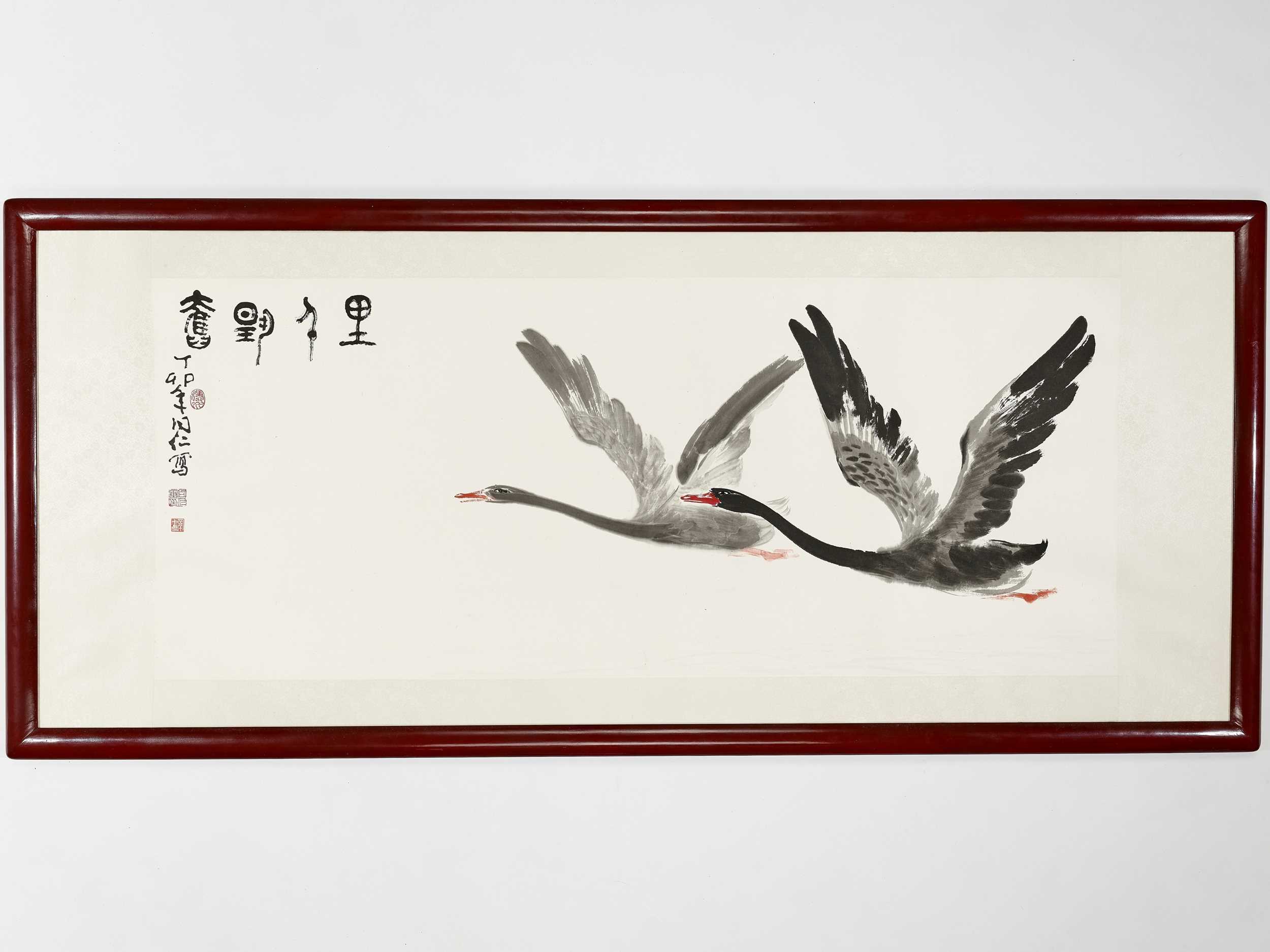
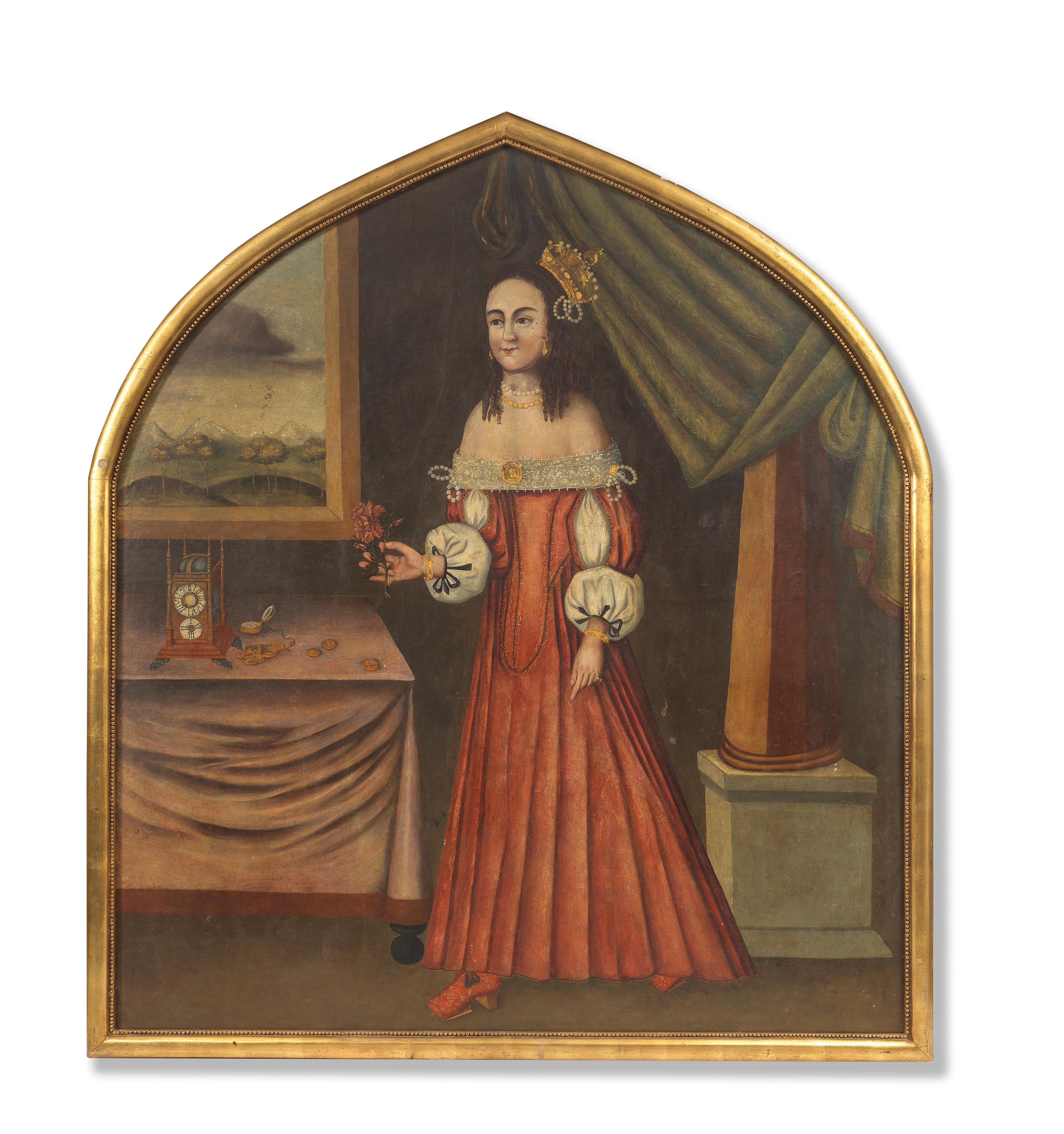

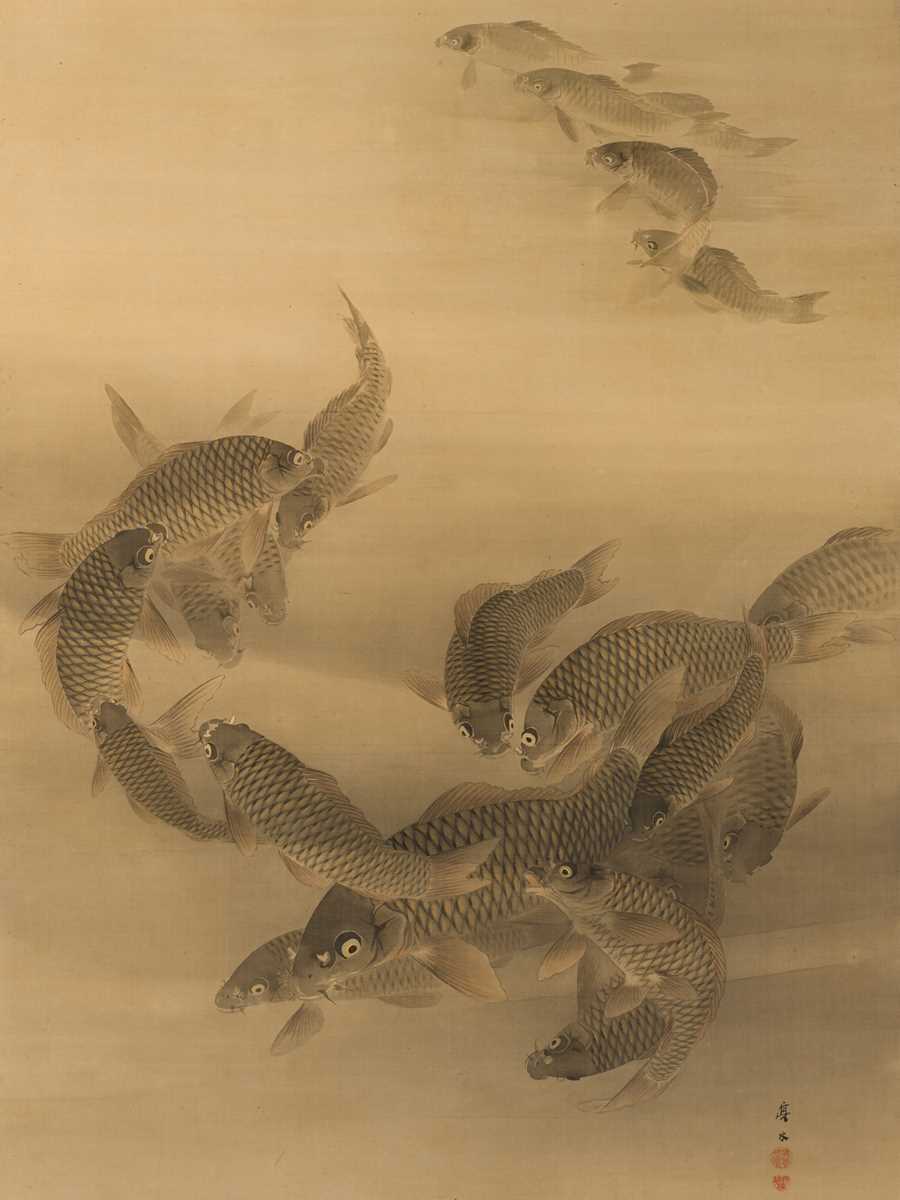
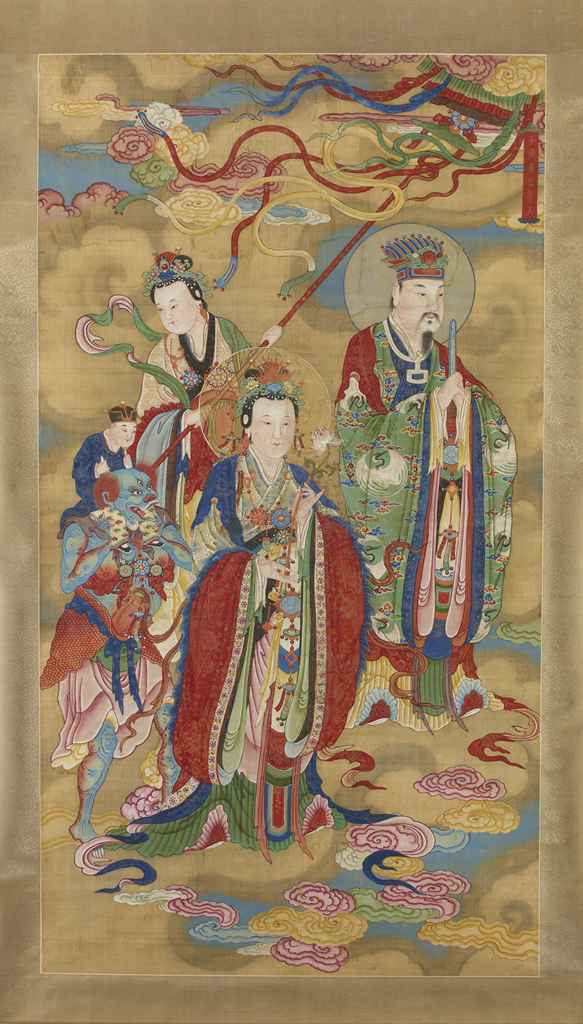
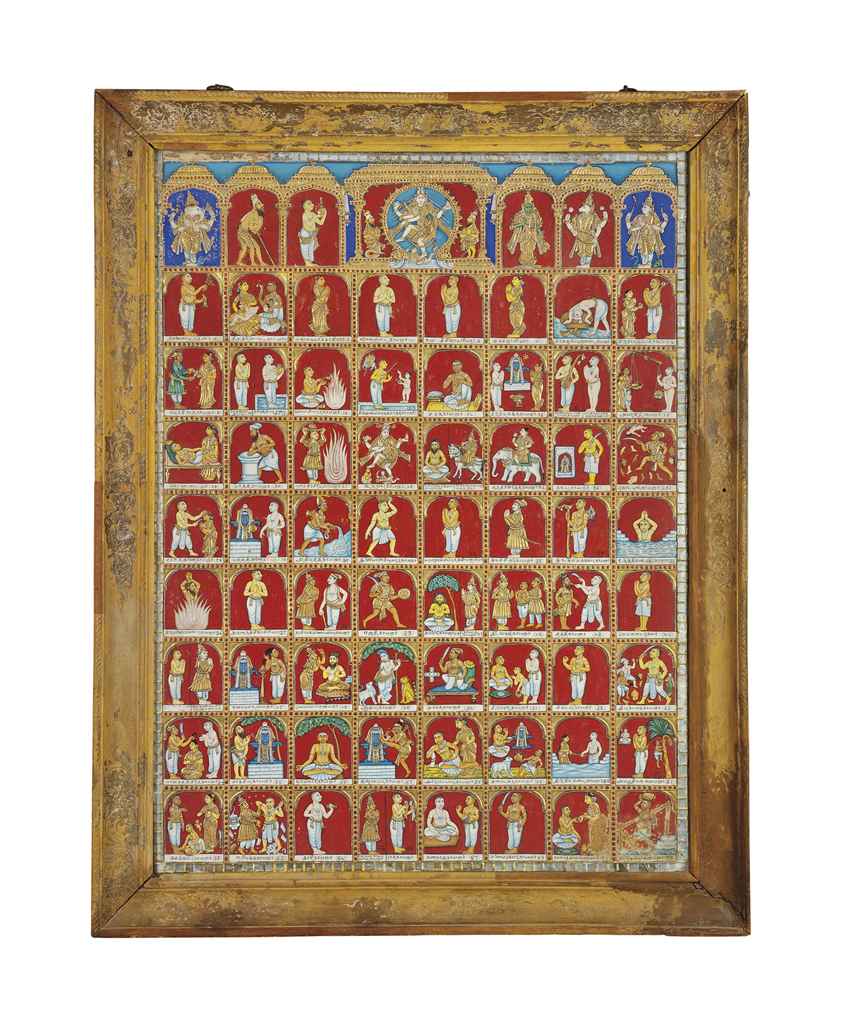
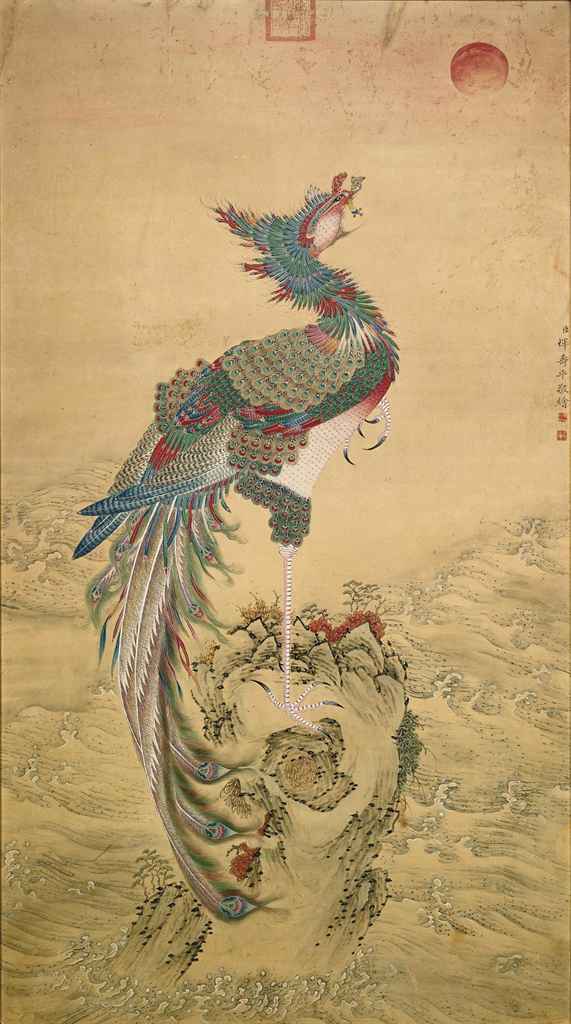

Testen Sie LotSearch und seine Premium-Features 7 Tage - ohne Kosten!
Lassen Sie sich automatisch über neue Objekte in kommenden Auktionen benachrichtigen.
Suchauftrag anlegen